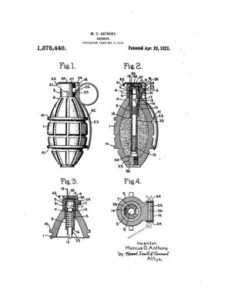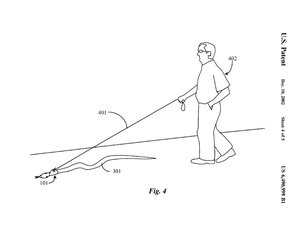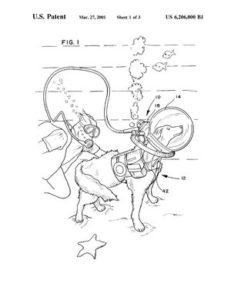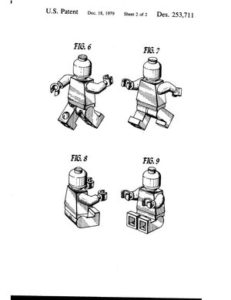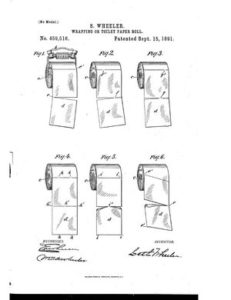Patents as Ecotones
Sometimes, if you’re lucky, you stumble across the right word to describe a concept so familiar it feels like home. The term ecotone is used in ecology to describe a transition area between biomes where two otherwise disparate plant or animal communities meet, integrate, and coexist. The word combines elements of ecology and the greek word tonos, meaning tension. It hints to a unique place where different ecologies are balanced in a state of natural and meaningful tension. There is also a dynamic in ecotones known as the edge effect. The edge effect increases biodiversity due to a broader range of environments. Riparian areas—interfaces between land and river—are familiar examples of ecotones, and also a personal favorite.
To come to the point, if a patent attorney isn’t getting outside enough to see real ecotones (or even if they are), and if he or she crosses their eyes just so, they may start seeing patents as ecotones. Patents can become places where elegance meets specification, emotion meets technicality, and innovation meets a smile or laugh. Of course, this thinking could be a patent attorney brain glitch or something. But hopefully, it’s just a different perspective on patents. From what we learn about ecotones, such differences are at least ok and probably healthy.
“In considering the study of physical phenomena, not merely in its bearings on the material wants of life, but in its general influence on the intellectual advancement of mankind, we find its noblest and most important result to be a knowledge of the chain of connection, by which all-natural forces are linked together, and made mutually dependent upon each other; and it is the perception of these relations that exalts our views and ennobles our enjoyments.”
Alexander von Humbolt, cosmos: a sketch of the physical description of the universe, Vol. 1 (1845)



